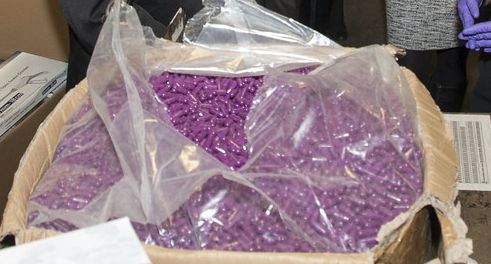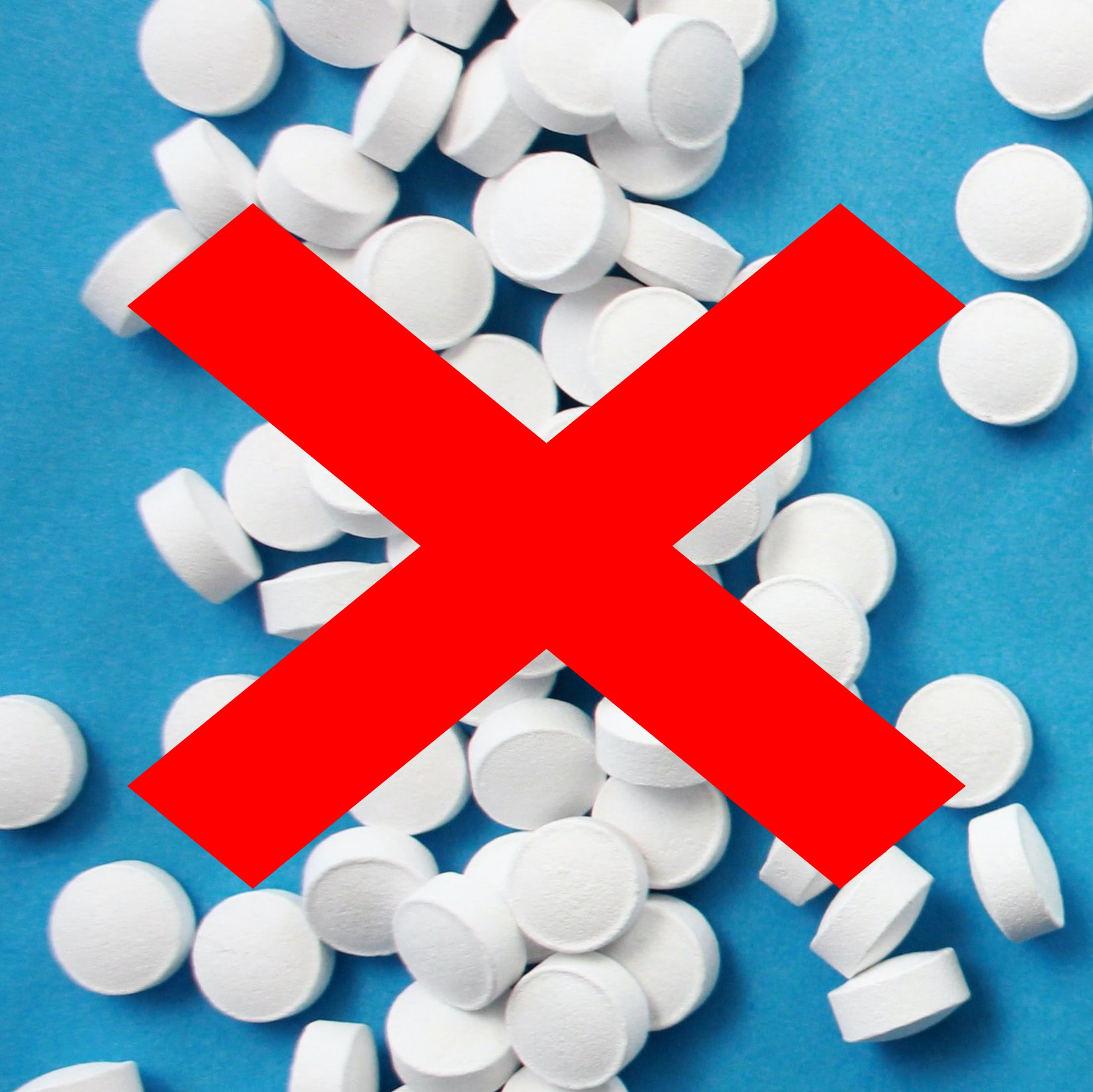Drug overdoses have increased 30% since the onset of the COVID-19 pandemic. The increase in lethal and near-lethal drug use has devastated our society.
What’s the cause of most overdoses? More than any other addictive substance, it’s synthetic opioids—particularly fentanyl.
Fentanyl is a powerful synthetic opioid, similar to morphine, but a hundred times more potent. Also like morphine, it’s typically prescribed for pain relief.
Sadly, this is one more instance of a prescription painkiller triggering addictions on a massive scale. Worse, illegal fentanyl use has exploded across the nation in the last 5-10 years.
Why? Fentanyl is in many ways a “perfect storm” of addiction:
- Cheap to make
- Easy to ingest
- Incredibly potent
- Highly addictive
This is why everyone needs to know how dangerous fentanyl is. So we’re going to talk about it in this post.
What is Fentanyl? Where Did It Come From?
In 1959, Dr. Paul Janssen developed fentanyl under a patent held by his company, Janssen Pharmaceutical. As a new, synthetic opioid, Janssen meant it as a painkiller. Since then people have taken the drug in many forms, including:
- An intravenous anesthetic
- A patch for the skin
- Tablets
- A lollipop (yes, really!)
- Lozenges
- Aerosol sprays

Photo credit: The U.S. Food and Drug Administration via Photopin.
You can still get some of these in a prescription; fentanyl is an opioid, so doctors can prescribe it for pain. However, most of the fentanyl used “recreationally” these days comes from China.
China doesn’t regulate its pharmaceutical industry nearly as strictly as we do, allowing their labs to manufacture fentanyl in powder form and ship it worldwide.
Why powder form? It’s the most versatile, and the least recognizable. You can drop fentanyl powder onto a piece of paper. Put it in eye droppers or nasal sprays. And of course, you can make it into pills that look like innocent prescription medications.
Demographics: Who Uses Fentanyl the Most?
Given its history as a prescription painkiller, you might think it’s used the most by chronic pain sufferers. People of middle age and older, struggling with the lasting effects of accidents or illnesses.
While some chronic sufferers do use fentanyl, they’re not the biggest user base. The demographic using fentanyl the most is actually white males aged 25 to 40.
That’s not to say other demographics avoid fentanyl. Tragically, deaths by overdose surged in the Black community between 2013 and 2019, catching up to Whites at that point. Overdose deaths among Blacks grew another 45% in 2020 – twice as fast as White overdose deaths.
Why? We don’t have one single reason that explains it all. However, having easy access to a cheap drug that can look like prescription medication must play a role.
Fentanyl Overdose is Common…and Deadly
Remember how we said overdoses went up 30% since early 2020? Many of those overdoses resulted in deaths.
Each person’s ability to tolerate a drug varies. But fentanyl is so powerful that even one dose, or “hit” can cause an overdose in a healthy individual.
Even worse, you can overdose without knowing it. How? By taking another substance, which had fentanyl mixed in. Fentanyl mixes easily with drugs like heroin, cocaine, methamphetamine, and MDMA. While none of those are “safe” per se, adding fentanyl makes them far more dangerous.
If you don’t know what you’re actually taking, and end up taking fentanyl too, your body may not handle the drug’s impact, resulting in an overdose.
Signs of a fentanyl overdose may include:
- Extreme drowsiness, lightheadedness, or dizziness.
- Difficulty walking, standing upright, or using one’s limbs.
- Big changes to mental status: Slurred speech, confusion, irrational actions, and/or aggressiveness.
- Bluish or purplish lips, hands, feet, or fingernails.
- Noticeably slowed or shallow breathing. Some people may stop breathing altogether, or make gurgling noises like they’re drowning.
- Very small pupils.
- Unconsciousness.

Please note: You may have heard that you can overdose on fentanyl by inhaling fentanyl powder in the air. While possible, this is very unlikely. What’s more likely is that you may suffer some effects of a fentanyl “hit,” such as dizziness, rapid sweating, or nausea.
If you do experience these symptoms and suspect fentanyl, seek medical attention immediately.
Treatment for Fentanyl Use and Overdose
If a person has overdosed on fentanyl, they need treatment with Naloxene (Narcan) as soon as possible! Many police officers carry Narcan for this reason.
After the Narcan, the person needs monitoring in case of withdrawal reactions.
If a person has not overdosed, or following the Naloxene treatment, they’ll need addiction treatment. Fentanyl addiction treatment uses a multifaceted approach:
- Medications such as Buprenorphine, Methadone, and Naltrexone block the brain’s opioid receptors. This helps the body break away from the fentanyl dependence.
- Behavioral therapies like Cognitive Behavioral Therapy, Contingency Management, and Motivational Interviewing.
Using a combination of both techniques, depending on the individual, gives them an effective process for recovering from fentanyl addiction.
Beware of Fentanyl’s Many Dangers
If you or someone you know uses fentanyl, even if they’ve never had trouble with it, talk with them about its dangers. You truly gamble with your life by taking fentanyl.
Since fentanyl is a narcotic, trying to stop use on your own is dangerous too. Withdrawal will be painful and hard to manage by yourself. The safest approach to quitting fentanyl use is through a licensed, professional rehabilitation center.
When it’s time to reclaim your life from fentanyl, give us a call.
Sources:
Can you really overdose from fentanyl in the air? – Belleville News-Democrat
Deaths Involving Fentanyl, Fentanyl Analogs, and U-47700 – CDC.gov
Fentanyl now leading cause of death among teens in Arizona border county – New York Post
Fentanyl: What is a Lethal Dosage? – Oxford Treatment Center
Signs and Symptoms of Fentanyl Abuse – Narconon.org
The Drug Overdose Toll in 2020 and Near-Term Actions for Addressing It – Commonwealth Fund




